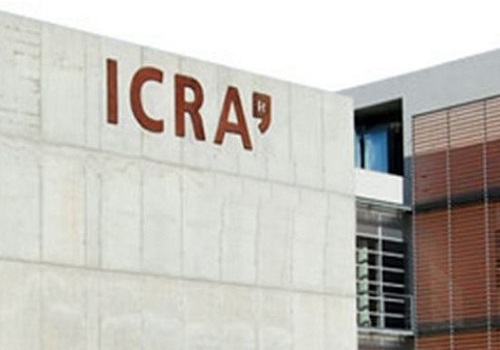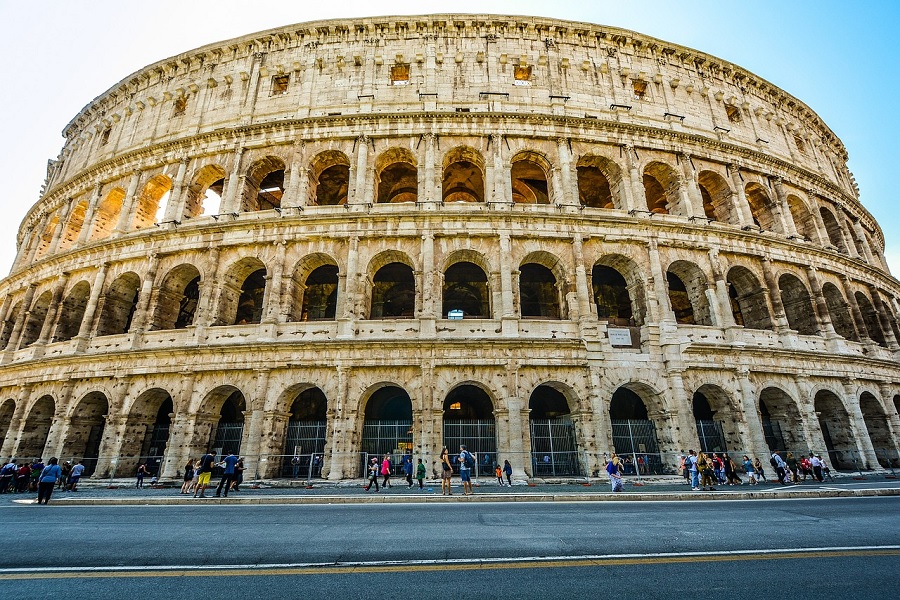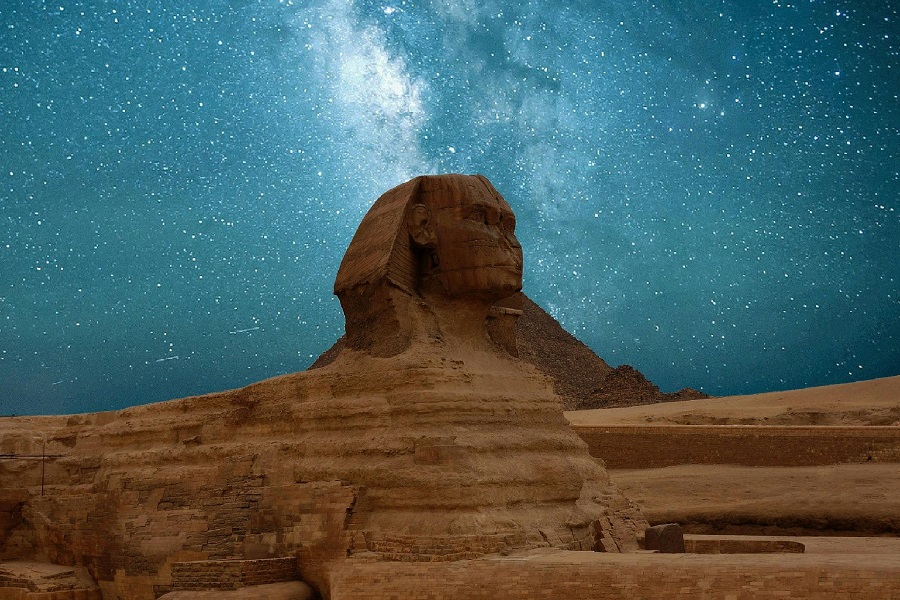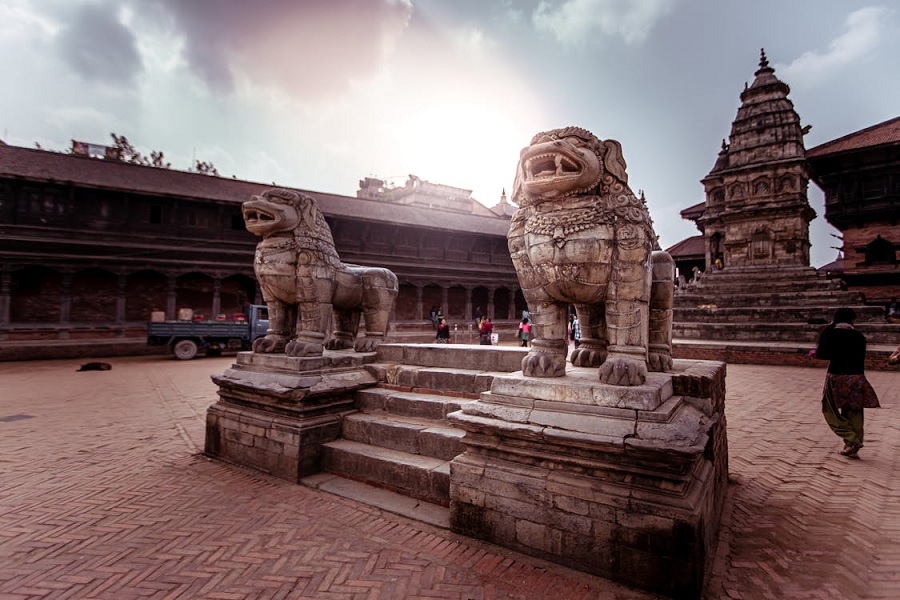Discover Pamukkale’s timeless spa and healing traditions
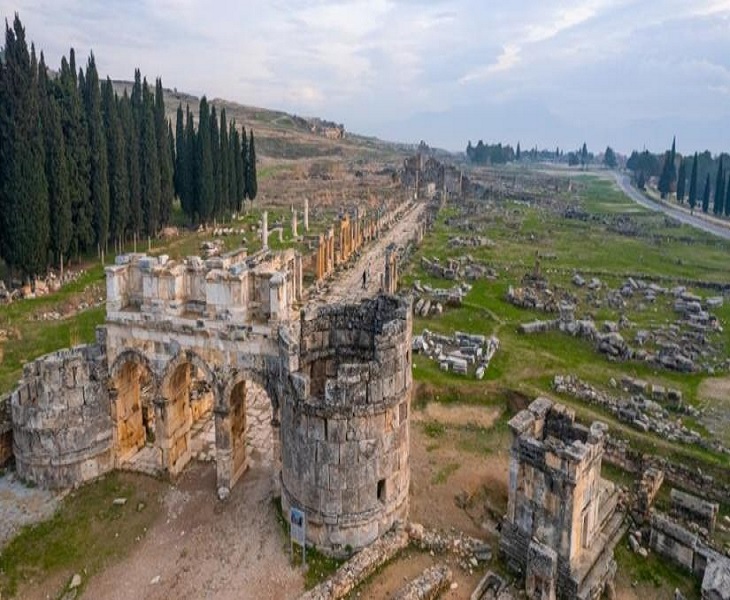
Türkiye offers visitors a variety of holiday options in every season. One of the country’s most enduring attractions is its renowned Turkish bath and spa tradition, which has an integral to this geography since antiquity. Enjoying this bathing culture in Pamukkale, one of the world's most stunning landscapes, is an unforgettable experience that can only be found in this remarkable destination…
Located in western Türkiye, Pamukkale is about 20 kilometres from Denizli, is a true natural wonder with gorgeous snow-white travertines and terraced pools that resemble frozen waterfalls. Part of a UNESCO World Heritage Site, the travertines appear as a field of clouds dotted with warm, aquamarine-coloured pools. Immerse yourself in these healing mineral waters and discover the captivating beauty up close.
An Enchanting Natural Wonder

Considered a bucket list destination for many, it is known for its beautiful snow-white travertines, formed by the interaction of oxygen and thermal waters. A perfect blend of history and nature, the Pamukkale travertines, with their mineral waters, are also believed to offer healing properties. Every year, people worldwide flock to this mesmerising destination, enchanted by the breathtaking landscapes and the potential for rejuvenation. It is important to note that most travertines are protected due to their delicate structure. Still, visitors can freely walk in some regions of the travertines containing small terrace-shaped pools. To preserve the travertines, guests must remove their shoes and socks before entering.
The Ancient Healing Waters

Adjacent to the Pamukkale travertines is the awe-inspiring Hierapolis Ancient City, also part of this UNESCO World Heritage Site. Around 2,500 years ago, King Eumenes II of Pergamon, enthralled by the splendour of the travertines, built a city near the site. Honouring Hiera, the wife of Telephos, was the legendary founder of Pergamon, and the region was called Hierapolis. In the literature, Hierapolis is referred to as the Holy City, and the spellbinding atmosphere of this incredibly well-preserved ancient city attests to its title. As you explore the site’s ancient theatre, temples, monumental fountains, tombs, agora and gymnasium, you’ll be transported through time, strolling along stone streets that existed two thousand years ago. The stories surrounding Ploutonium believed to be the entrance to hell during the Roman Period, are also quite fascinating.
Timeless Adventures

Hierapolis, with its majestic presence around the travertines, has long been considered a central hub for healing and wellness thanks to the rejuvenating thermal waters found in the area. Throughout its history, Hierapolis was known for its healing thermal waters, and centuries later, the ancient city continues to draw visitors who seek the therapeutic and rejuvenating qualities of those waters. Immersing in the Ancient Pool, surrounded by antique columns and marble, is a unique experience. Featuring a year-round temperature of 36 degrees, the Ancient Pool is famously called the Cleopatra Pool – legend has it that the illustrious Cleopatra, Queen of Egypt, once bathed in the waters of the pool. Indulge in the revitalising thermal waters of the pool, swim amid the ancient ruins, and savour the authentic environment.
From Pool to Museum

Other notable buildings in Hierapolis include the Ancient Theatre and the Hierapolis Museum. The theatre stands out among the Roman Period theatres in the Mediterranean basin due to its distinctive reliefs depicting mythological stories and splendid stage building and seating steps. Sitting at the pinnacle of this breathtaking theatre and observing the entire region in complete tranquillity for hours is an exceptional experience. The Roman Bath, once a revered thermal centre, has been repurposed as an archaeological museum. At the Hierapolis Museum, you’ll find a fascinating collection of artefacts discovered during excavations in nearby ruins like Laodikeia and Tripolis. These treasures are displayed amid the impressive vaulted Roman Bath structures constructed from travertine block stones.















